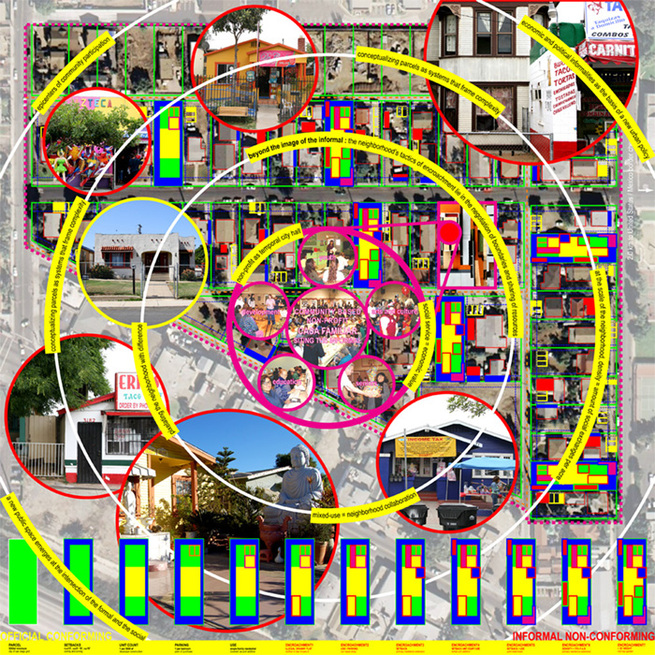 Image 1 - Estudio Teddy Cruz, Neighborhood Urbanism: The Informal as a Tool to Transform Policy, 2008.
 Image 2 - SFNOMA reception with Teddy Cruz - March 4, 2013
Rommel
3/17/2013 02:25:05 pm
NOMA Aims and Objectives: Comments are closed.
|
Events, News, Dialogue
We welcome contributions from all SFNOMA members and supporters. This page is a place for news about architecture, design and culture. It is also a place for members to have a dialogue about issues and ideas relevant to their experience in the profession. Join the conversation! Archives
June 2016
Categories |

 RSS Feed
RSS Feed
